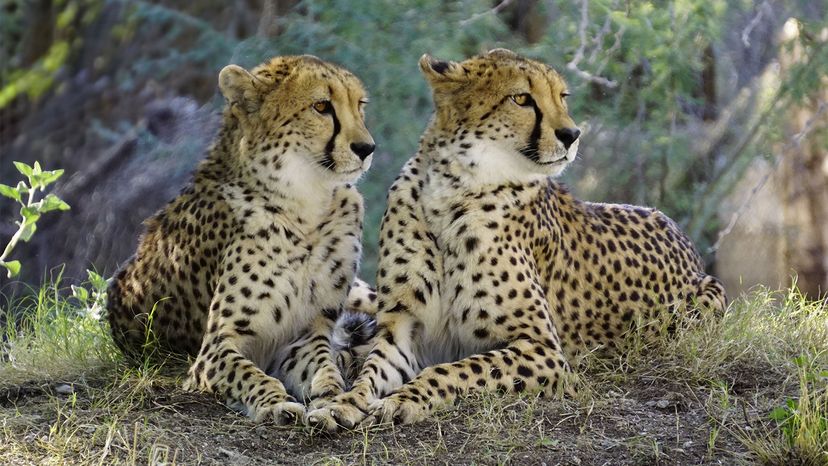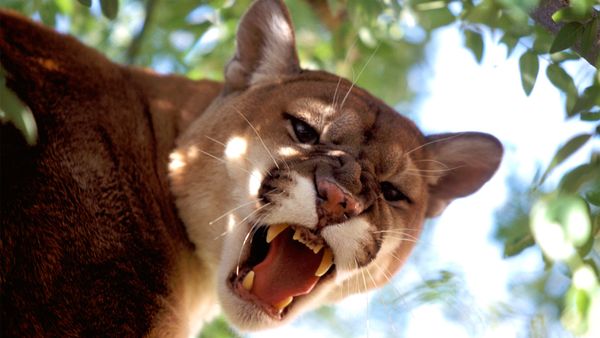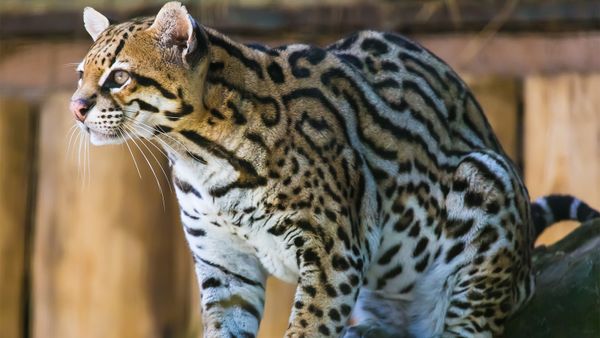Cheetahs live in grasslands of Eastern and Southern Africa, as well as the Middle East, where they occupy a spot at the top of the food chain, preferring small to mid-sized prey species like hares, gazelles, impala and wildebeest calves.
With their exceptional eyesight and lightning speed, they're among the best hunters on the savanna.
"They have a tail that acts like a rudder and can turn them on a dime, and they can accelerate from 0 to 60 mph (96.5 kph) in about three seconds, like a sports car," says Marker. "This means cheetahs can help feed many other carnivore species on the savanna — lion, leopard, hyena, jackals, wild dogs and vultures."
Unlike many other cats, cheetahs are not nocturnal predators, instead preferring a diurnal schedule, which means they hunt in the mornings and late afternoons. This gives them a special niche, but it also means cheetahs tend to be visible in the daylight hours, making them easier for human hunters to kill.
Besides being shot or trapped by humans, cheetahs aren't exempt from being preyed upon by other animals. Bigger cats will kill cheetahs if given the chance, especially young cubs.


